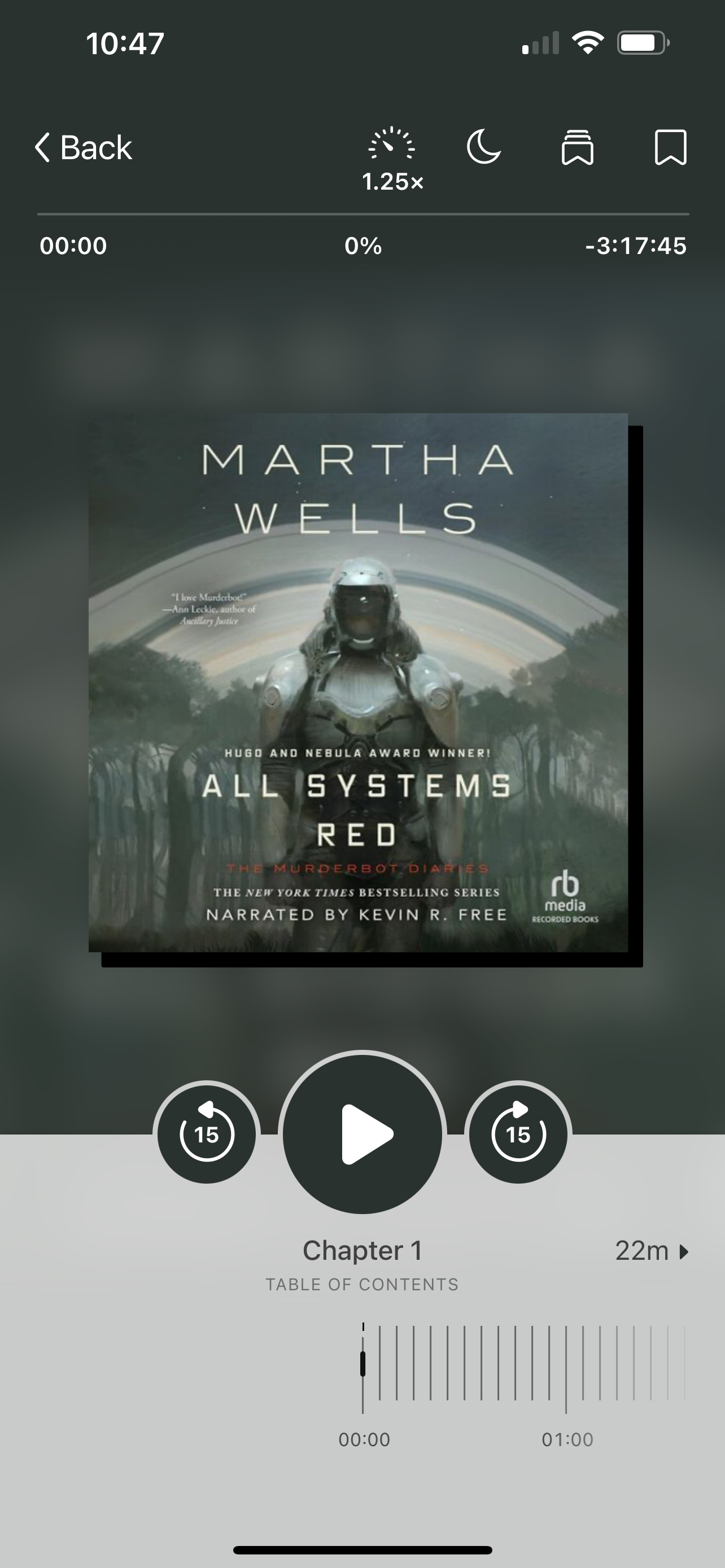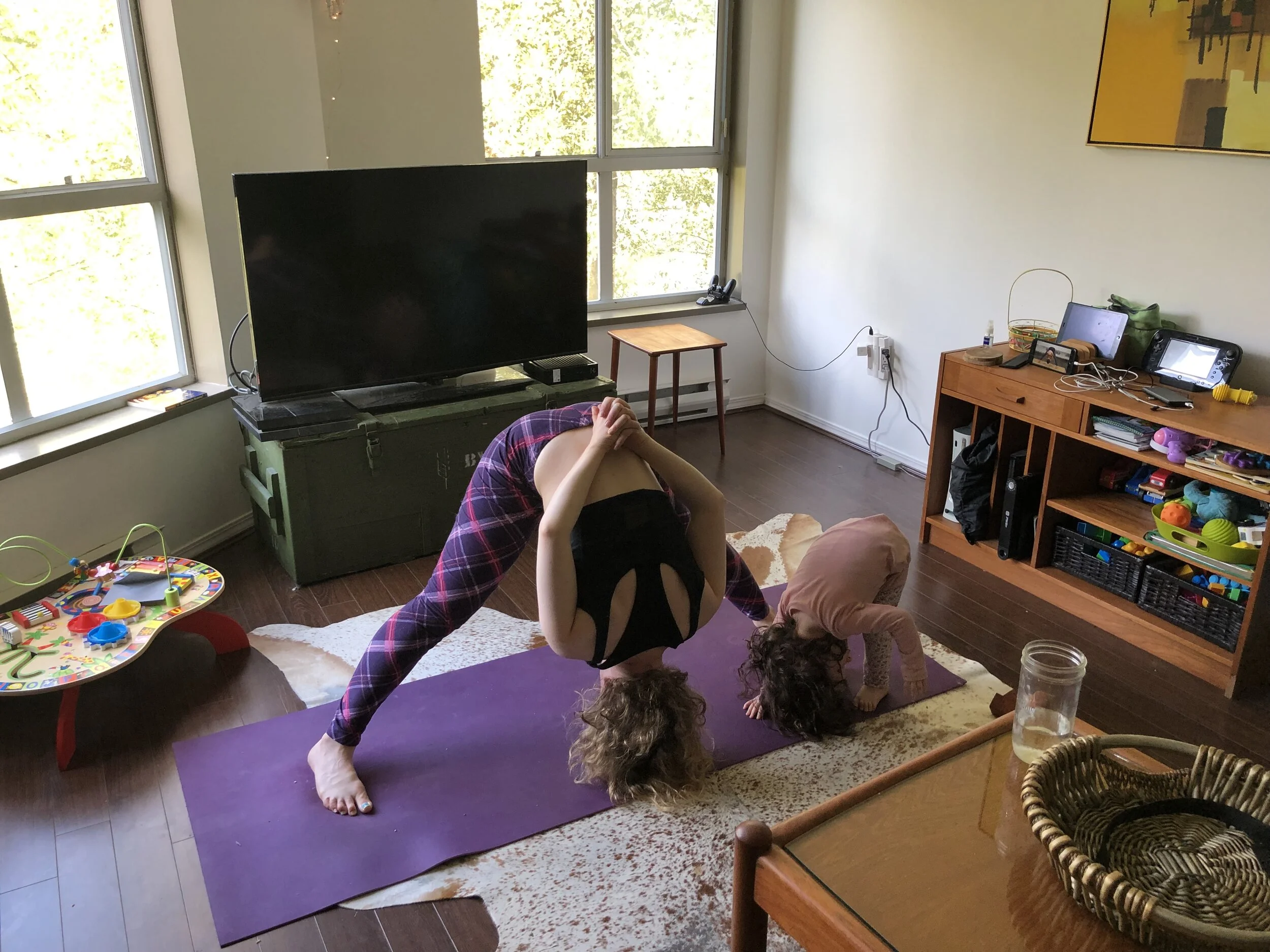What I'm Reading this Weekend
Wondering what authors read in their non-writing spare time? This weekend I’ve been reading Ancillary Sword by Ann Leckie (finished the first one) and I’m two books into the Murder Bot series by Martha Wells.
I’m enjoying both (I’ve continued reading both, after all!) But what drew me to finally pick these titles up (they’ve been out for a while now both).
I’ve had MurderBot recommended to me a few times (each time bringing to mind the evil droid from the Star Wars KOTOR RPG from waaaaay back) and as it’s being made into a Netflix series, I finally bit the bullet and picked it up from my local library. I’m glad I did.
Ancillary I should have read years ago, but I was reading more along the lines of fantasy when it came out. The way it deals with social norms much reminds me of how Iain M Banks’ Culture Series (Player of Games) tackled social norms in the 80s – which I also recommend.
Ancillary Sword and Ancillary Justice are an interesting fictional hypothesis on how our species could evolve culturally and physically, and the story is fascinating too. Not a spoiller, but the novel is from the space ship’s perspective.
Also, since I’m writing a sci-fi, getting to know more modern writers and novels in the field (Beyond the Martian) is a plus.
I’ve got other books on my plate - a wonderful new WIP from Peter Clines – much enjoying – and even a few RomComs for research. I’ll highlight those next weekend – provided I mange to finish these three.









